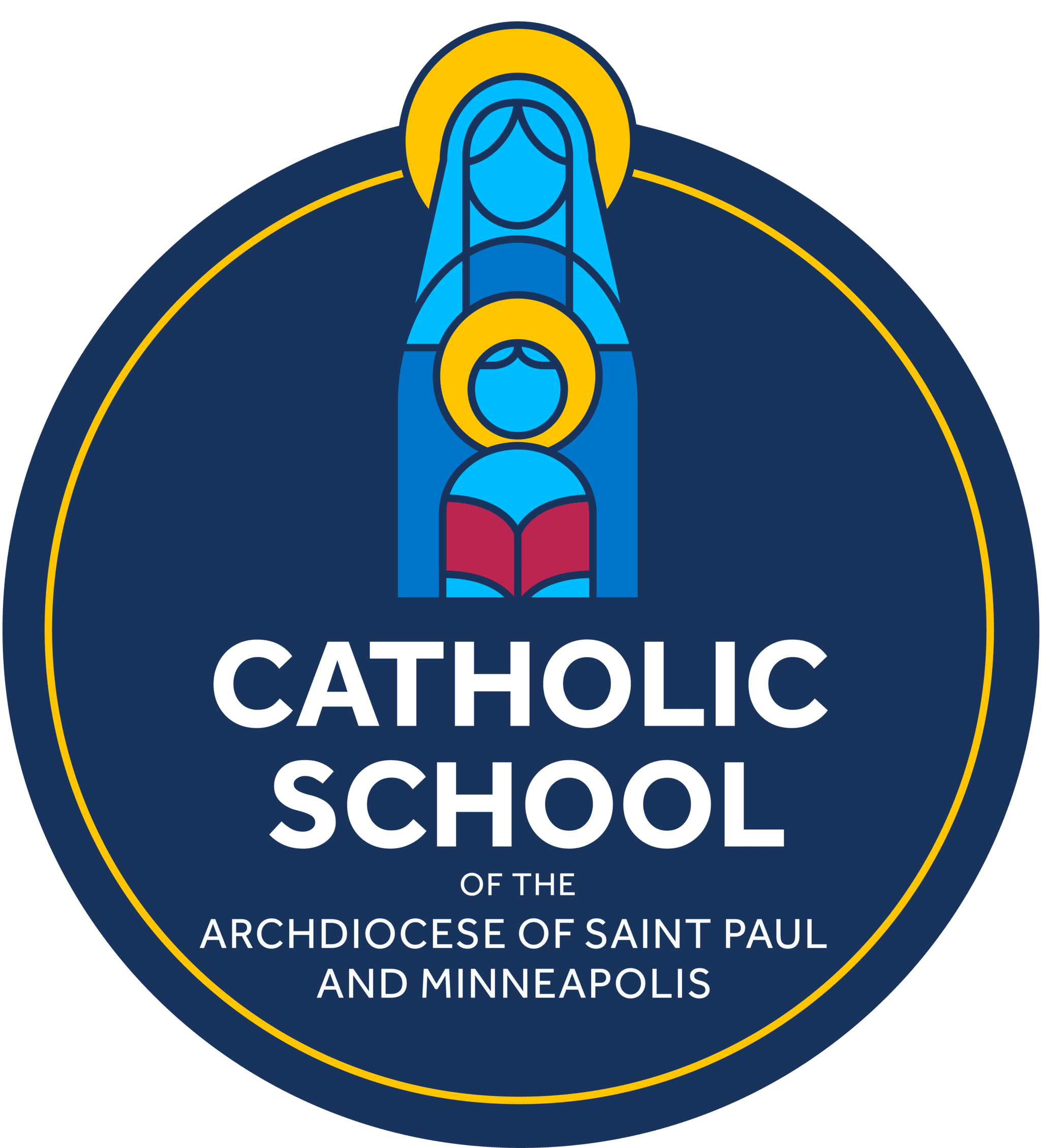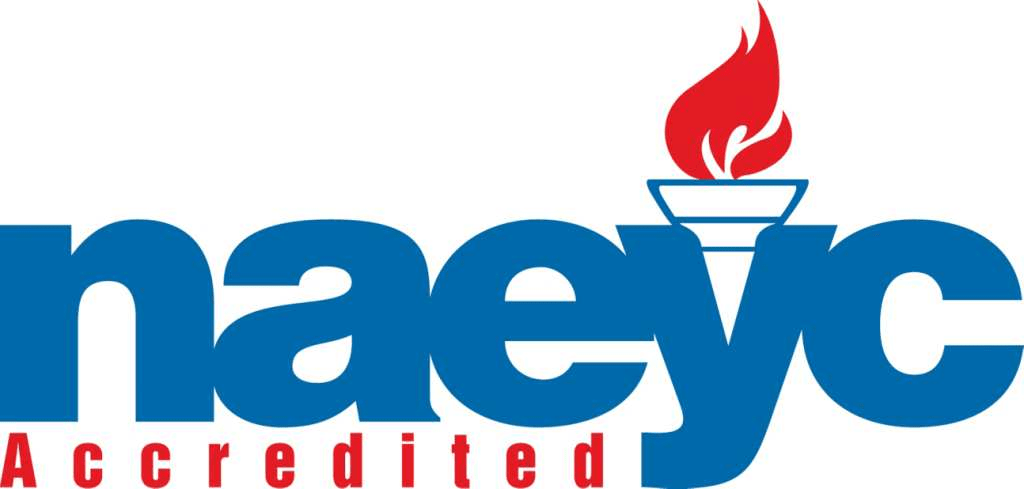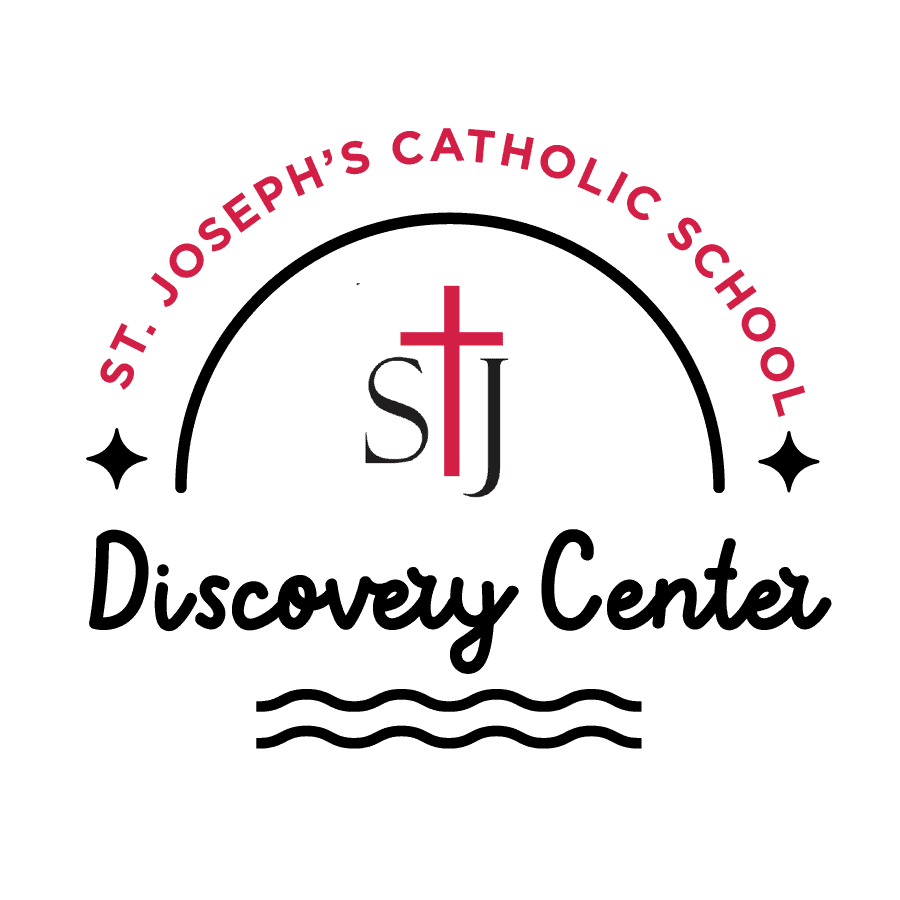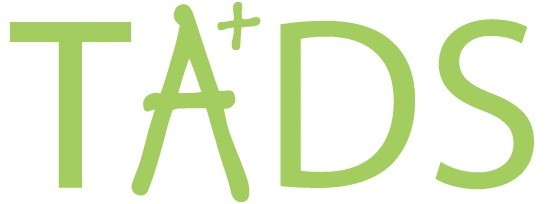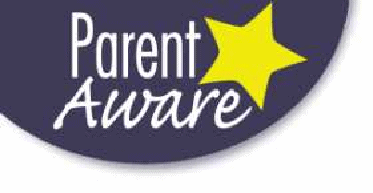Our C-STEM curriculum encourages cooperative and problem-solving strategies to thrive in an ever-changing world. It allows students to use their natural curiosity to learn more about their world while becoming more independent thinkers and learners. C-STEM curriculum is integrated throughout all subject areas. This curriculum lends itself to engaging and exciting learning experiences.
Faith Formation is not only a subject that is taught in third grade but it is integrated in all subject areas. We use traditional and inspirational daily prayer. We study various saints and religious leaders, the prayers of the rosary, the seven sacraments, the church’s sacramentals, the parts of mass, and have Bible study. We use the New Catholic Picture Bible and the new Children’s Catholic Bible for scripture readings and bible study. We participate in several school service projects.
The third grade science program has several focus units using the resources of Science and Technology Concepts, published by Carolina Biological Company: Earth Space Science, Floating and Sinking, Animal Studies, and a sound unit.
Third graders partake in field trips to the Minnesota Science Museum, The Carver County Museum, and Lowry Nature center to enhance our science curriculum.
The Space Science Sequence builds students understanding of fundamental concepts in space science. The four units build student understanding of scale in astronomy, the motions of objects in a planetary system, and related concepts about gravity and the nature of light and shadow.
In Floating and Sinking, students begin by sampling making and testing predictions about whether a set of objects will sink or float. This investigation serves as an introduction to inquiries regarding the effect weight, size, and shape have on whether an object floats or sinks, which challenge most students’ conceptions. By recording and analyzing their own data, students become aware of surprising findings. Some “floaters” are heavier than some “sinkers”, and large objects are not always heavier than smaller objects.
By caring for and observing three unique animals during the Animals Studies unit, the dwarf African frog, the fiddler crab, and the millipede, students are able to focus on animal behavior, comparing and contrasting the needs, behaviors, and anatomical structures of each organism.
The students have access to our technology room with instruction from our technology coordinator. The students know how to work on PCs, iPads, and Lenovo Chrome Tables. They use the Lenovo Chrome Tablets in several areas for instruction, recording presentations, and research.
Third graders take part in engineering activities as part as their Smart Lab and cross curricular investigations. The students have engineer challenges in building bridges to hold a car that weighs 250 pennies, create a parachute so slow down the gravitational pull, design a puff mobile, construct a hovercraft, launch a boat created of trash, and many more design challenges.
St. Joseph’s School Smart Lab is a fabulous opportunity for students to write programming with Scratch, engage in K’nex building, Zome tools, Snap Circuits, Lego WeDo, Pixie4, Animationish, and many more activities.
Houghton Mifflin Harcourt Math Expressions uses objects, drawings, conceptual language, and real-world situations to help students understand math. They will read, write, add, subtract, and compare fractions and whole numbers through thousands, master basic addition and subtraction facts through 18, know basic multiplication facts to 10x10 and corresponding division facts, multiply and divide two and three-digit numbers by a one digit number, explore geometry and spatial relationships, apply measurement strategies, utilize money skills, analyze data, and use problem solving skills.
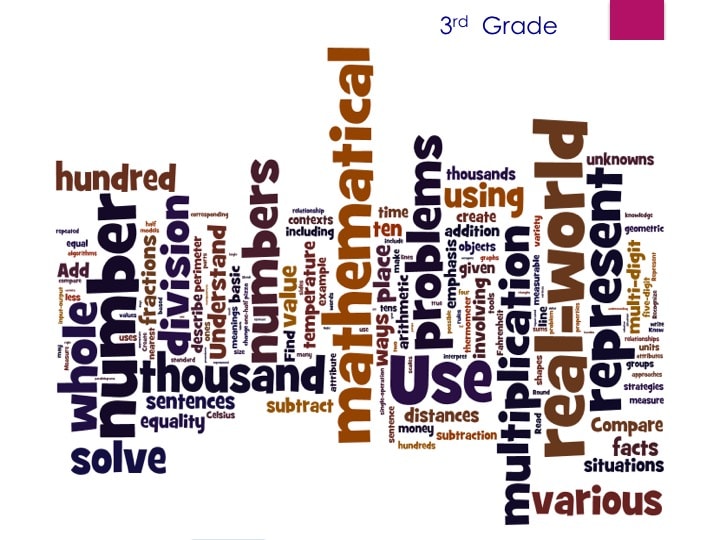
Houghton Mifflin Harcourt Journeys is a comprehensive language arts program that integrates the communications skills of thinking, speaking, reading, spelling, and writing. They will read and understand a wide variety of grade-appropriate fiction, poetic, and nonfiction texts fluently and accurately by applying work recognition strategies to decode unfamiliar multi-syllabic words, use comprehension, and vocabulary skills, and locate words in a dictionary and alphabetize to the third letter. They will apply standard English conventions and correct grammar to write clearly and coherently to communicate effectively for a variety of audiences and purposes. They will locate and use information in reference materials and the Internet to plan, organize, and write several research reports such as a planet, an animal, and a business report.
Houghton Mifflin English, in correlation with Houghton Mifflin’s Journey literature book, is a resource used to help provide instruction and practice for grammar, usage, and mechanics skills. Correct capitalization and punctuation should be striven for in all sentence writing.
St. Joseph Catholic elementary level students receive Phonics-based instruction to learn reading and spelling. We are partnered with Groves Academy and the Believe and Read initiative through the Catholic Schools Center of Excellence to ensure that all students reach their reading goals. The Groves Literacy Framework, which was developed at Groves Academy, uses an Orton-Gillingham-based curriculum and is rooted in decades of literacy and brain research. St. Joseph School believes that students learn best when instruction is direct, sequential, multi-sensory, and addresses individual strengths and challenges.
The focus of third grade social studies is on communities. Houghton Mifflin Social Studies: Communities is one of the resources we use to understand the responsibilities and benefits of living in a community, and exploring the make-up of a community and how they are similar and different even compared to other parts of the world.
One of the highlights is creating a Waconia Business Project where the students interview and write a report about a business, take or draw pictures of the business and mount them on a poster complete with picture captions, construct a model of the business and present it to the class and evaluators. These projects are displayed during Catholic School’s Week.

